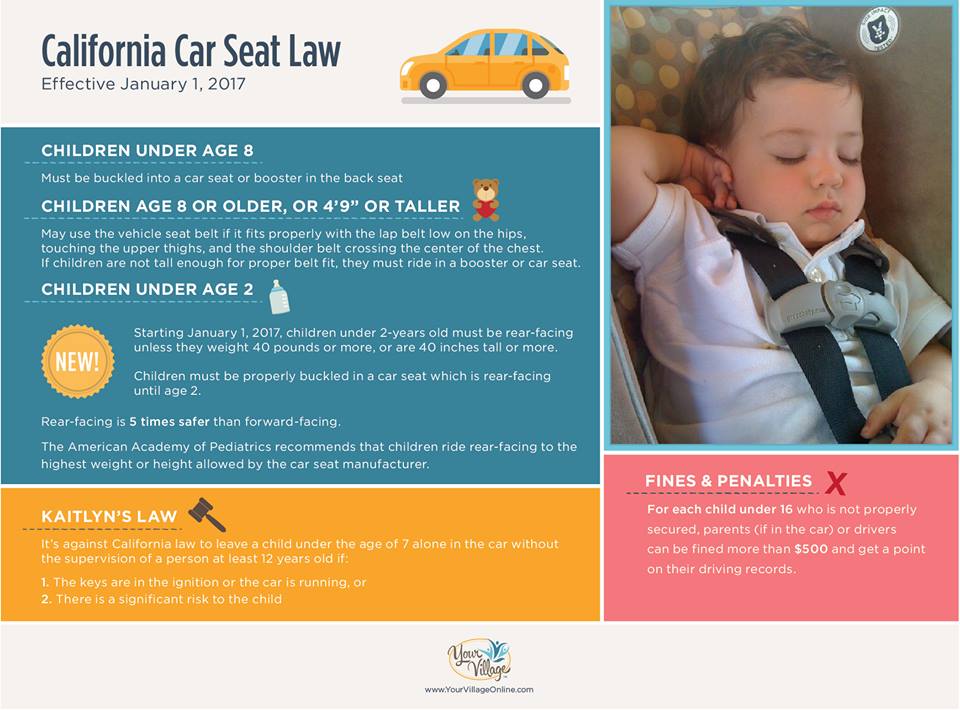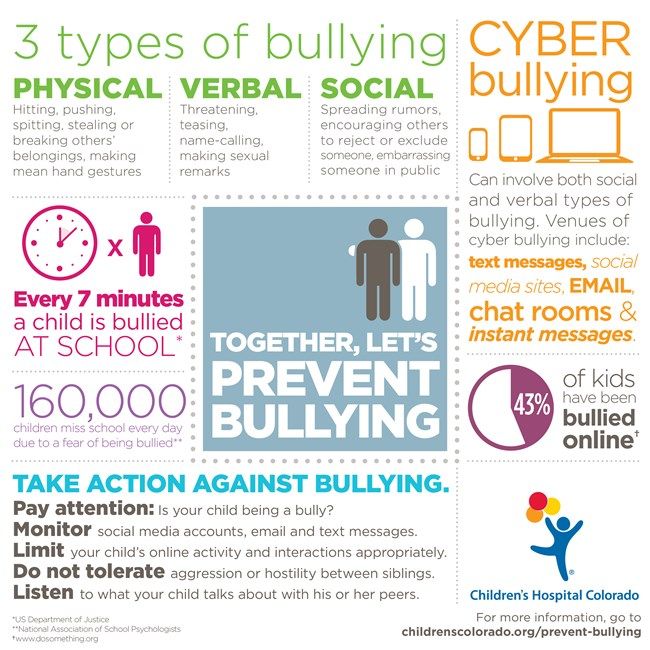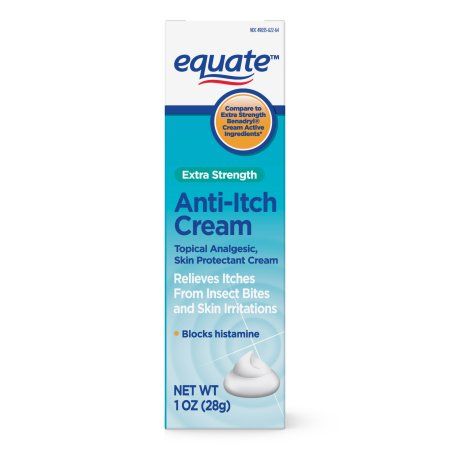How to buckle child in booster seat
Car Seat Basics: Proper Booster Seat Fit
(Last Updated On: October 29, 2019)
Booster seats are deceptively easy. You just set them on the vehicle seat and go, right? The move to a booster seat is when we see caregivers cast aside many of the worries they had around their child’s harnessed car seats and just load the child into the booster seat, buckle, and go without checking the vehicle seat belt fit or training their child on how to sit properly. When a booster seat is used incorrectly, it can’t provide the proper protection in a crash. But when they’re properly, booster seats do a great job of protecting children in a crash.
The Insurance Institute for Highway Safety (IIHS) does a booster evaluation every year of Best Bets, Good Bets, Not Recommended, and those that need to Check Fit before use. Thankfully most seats are on the Best Bet list, which makes it easier on caregivers. This doesn’t mean all seats will fit all vehicles and all children; booster seats still need to be adjusted to fit the rider.
A booster seat should place the vehicle seat belt across the strongest points of the child’s body — across the hips and the center of the shoulder. While that seems simple enough, we find that caregivers struggle to adjust their child’s booster seat to fit them properly.
Poor vehicle seat belt fit using Alpha Omega in booster mode
Here is an example of a now mostly-retired car seat that was notorious for its poor booster seat fit. Even though the child using the seat meets the requirements and is using it properly, it would not give proper protection in a crash. You can see the shoulder belt does not contact his shoulder, the lap belt is high on his abdomen and not touching his thighs, his bum is back, but even though he met the minimum requirements to use the seat, at 4 years old there is no way he would maintain this position the entire length of the trip. The belt fit is bad enough I would never recommend this seat be used as a booster.
When to Move to a Booster Seat
The first question to ask is when a child should move from their harnessed car seat into a booster seat? Once a child is at least 5 years old, meets the minimum height and weight requirements for the booster seat, and can sit properly in the seat 100% of the time, a booster seat is an appropriate restraint.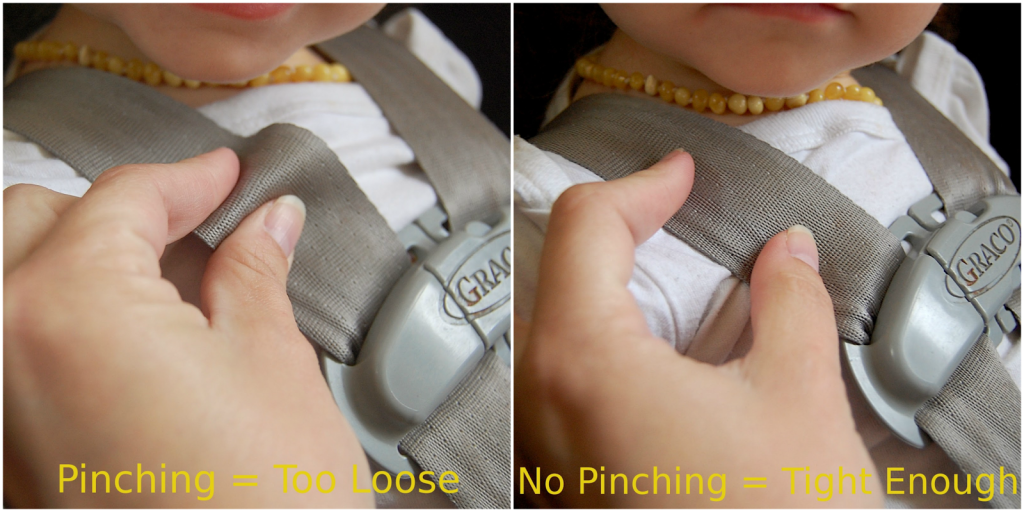
Our Harness or Booster article explains more.
When to Move from a Booster Seat
How long does a child need to use a booster seat? Longer than you think.
Children need booster seats until they can pass the Five Step Test. That’s when they’re around 10-12 years old, are at least 4 feet 9 inches tall, and are able to fit properly in an adult seat belt. Boosters are for Very Big Kids will go over the requirements to move out of a booster in more detail, as will Booster Seat Science.
Proper Booster Fit Guidelines
Proper booster fit has the shoulder belt firmly across the middle of the child’s shoulder
1. The shoulder belt should lie firmly in the middle of the child’s shoulder with shoulder belt guide just above the shoulder. The shoulder portion of the vehicle seat belt should be flush against the child’s body. A shoulder belt that doesn’t touch the person can’t properly restrain them.
For proper booster fit, backless boosters require head support to the top of the child’s ears at all times
2.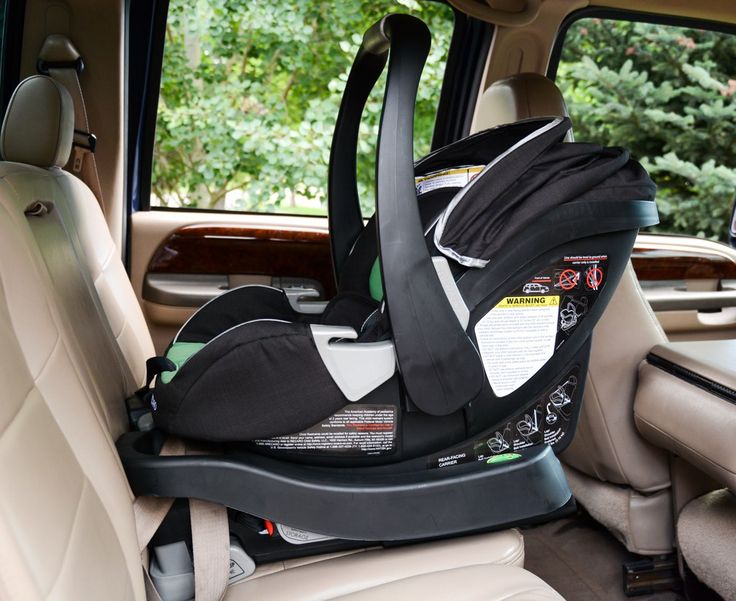 If the child is riding in a backless booster, or if the high back booster requires it, be sure there is head support from a vehicle head restraint behind the child’s head to at least the tops of the child’s ears.
If the child is riding in a backless booster, or if the high back booster requires it, be sure there is head support from a vehicle head restraint behind the child’s head to at least the tops of the child’s ears.
Aidia Explorer backless mode with shoulder belt adjuster
Many backless booster seats come equipped with a shoulder belt guide adjuster. This acts as the shoulder belt guide to ensure the shoulder belt is flush with and appropriately positioned above the shoulder. This adjuster is usually attached to the back of the booster seat so the shoulder belt will then be between the child and the vehicle seat. Some booster seats require their use — read your booster seat’s manual to see if it’s needed and how it should be used.
A proper fitting lap belt is low on the lap and off the child’s abdomen
3. The lap portion of the vehicle seat belt is low on the child’s thighs, off the abdomen, and pulled tight.
For proper booster fit, a child’s bum needs to remain all the way back when seated properly in a booster
4.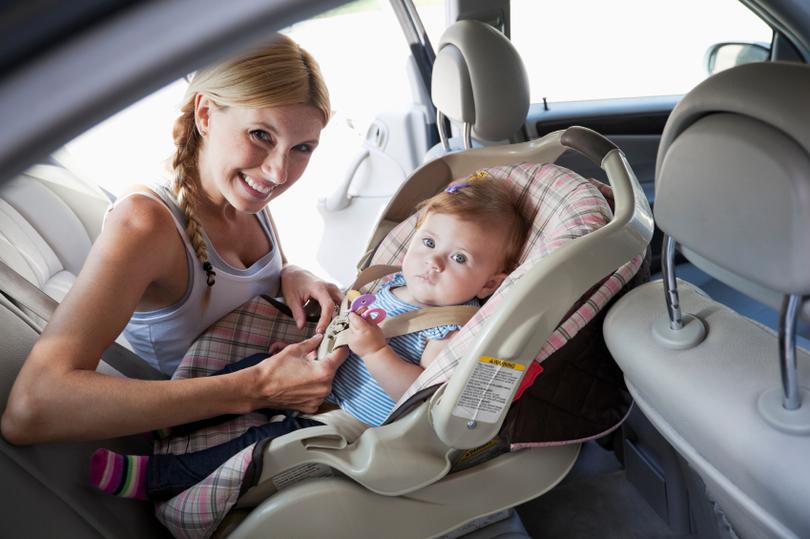 The child’s rear end is all the way back in the booster seat. The depth of booster can help with this. For example, taller kids may need deeper boosters while shorter children may have a better fit with a taller booster seat.
The child’s rear end is all the way back in the booster seat. The depth of booster can help with this. For example, taller kids may need deeper boosters while shorter children may have a better fit with a taller booster seat.
If the child cannot remain seated properly in their booster at all times, she will need to continue riding in a harnessed seat
5. The child can maintain this position 100% of the time without moving out of position during the ride. If this cannot be accomplished, then the child should ride in a harnessed car seat until they’re ready to sit properly for the entire ride.
Key Points
Here are a few things to remember:
- Your child must be mature enough to use a booster seat
- Your child must meet the minimum height and weight requirements for the booster seat
- Your child must be able to sit properly in the booster seat 100% of the time
- The booster seat fits both your vehicle and child correctly
- Adjust the booster seat’s headrest as the child grows
The Car Seat LadySolving Hard-to-Buckle Situations
- Solving Hard-to-Buckle Situations
What if your vehicle seat belt buckles are hard to access due to a car seat or booster seat sitting too close to them? This can affect a child in a booster, who may have a lot of trouble buckling themselves in if the space is tight (and you might have trouble accessing it too if you want to help them. ) It can also affect the empty seating position next to a car seat or booster, where an adult would have trouble accessing the buckle for their own seat belt due to the proximity of the car seat next to it. Most everyone would agree that the boostered child must be buckled in, but what about the adult sitting next to the child? Can’t you just sit next to your child without buckling your seat belt, if the seat belt is too hard to access?
) It can also affect the empty seating position next to a car seat or booster, where an adult would have trouble accessing the buckle for their own seat belt due to the proximity of the car seat next to it. Most everyone would agree that the boostered child must be buckled in, but what about the adult sitting next to the child? Can’t you just sit next to your child without buckling your seat belt, if the seat belt is too hard to access?
NO! Your child is not safe in their properly installed and used car seat or booster if you or another person is sitting next to them unrestrained. (Actually you would be endangering every other passenger in the car,) And of course you would not be safe either! All passengers must be buckled in with seat belts or in properly used car seats.
So what to do about this problem? Here are some solutions.
Choose car seats and boosters with narrower footprints.Our Car Seat Buying Guide has sections on narrow infant seats, boosters, and convertibles, to help you choose the best seat for your vehicle.
We want to call out two boosters (since this problem occurs frequently with boosters): The Maxi Cosi Rodifix booster is the best highback booster for narrow spaces because of its narrow footprint and its lack of armrests. These design elements make it much easier to see the seat belt buckle and to get your hand in to reach it and use it. The Graco Rightguide backless booster has a similiarly narrow and buckling-friendly design.
Teach your child to climb into an already buckled boosterSometimes, no matter how narrow the booster, it is too hard to get a hand in to buckle or unbuckle the seat belt each time. Try having the child climb into a buckled booster as shown in this video.
Use the “Pool Noodle Trick”If the seat belt buckle in your car is flexible, and keeps flopping down which can make it hard for some kids to buckle, try our “pool noodle trick”.
Have a helper pull the buckle out of the way when you install the car seat next to it (for flexible seat belt buckles)This action makes the seat belt buckle available for the adult or child sitting next to the car seat. Proceed with installation of the car seat, but as you do it, have a helper buckle the potentially unusable seat belt next to the car seat, and pull that seat belt as tight as possible, to move it away from the car seat being installed. This prevents the car seat from sitting on top of the buckle needed for the person next to it. Note this works best for flexible buckles and not so much (or at all) for rigid buckles. Here’s a video showing this technique.
Proceed with installation of the car seat, but as you do it, have a helper buckle the potentially unusable seat belt next to the car seat, and pull that seat belt as tight as possible, to move it away from the car seat being installed. This prevents the car seat from sitting on top of the buckle needed for the person next to it. Note this works best for flexible buckles and not so much (or at all) for rigid buckles. Here’s a video showing this technique.
Try what we show in the video below if your seat belt buckle is mostly rigid (but has a little bit of give) like this one. Any soft material will do – washcloth, folded paper, etc.
Keep a child harnessed for longerIt’s easier to buckle and unbuckle a child in a 5 point harness than in a booster. When space is tight or if it’s hard to access the seat belt buckle because it’s flush with the vehicle seat, keeping a child in a 5-point harness may be a good solution.
We recommend trying the Chicco MyFit which is relatively narrow on the outside but has a higher harness capacity (by virtue of a really high top shoulder strap height) than almost any other seat.
If the child wants to be more independent in their own unbuckling, check out the UnBuckleMe
How to fasten a child car seat in a car How to fasten a child in a car seat
Home > ARTICLES > How to fasten a child car seat in a car
It is not so safe to travel with a child in a car these days. Therefore, all parents should take care of this in advance. The most correct solution in this case would be to install a child seat in the passenger compartment of the car. It will help to completely protect the child in the event of a collision with other vehicles or an obstacle on the road. That is why the child should always be fastened to such a chair. But how to fasten a child seat in the car yourself, quickly and reliably? It is important to do this correctly, and therefore you should choose a suitable child seat, and only then proceed with its installation. nine0003
nine0003
There are many types of child car seats. All of them differ in various characteristics. But first of all, it should be comfortable so that the baby feels as comfortable as possible in it throughout the trip. At the moment, there are 5 general groups of such chairs:
- Zero group: designed for children weighing up to 10 kg and aged 1 to 12 months.
- Group +0: the weight of the child must be no more than 13 kg, and the age - up to 1.5 years. nine0010
- 1st group: for children from 3 to 7 years old weighing 9-18 kg.
- 2nd group: children 3-7 years old weighing from 15 to 25 kg.
- 3rd group: children from 6 to 10 years old, weight 22-36 kg.
The first two groups are suitable for the smallest, so these chairs have a recumbent position. Such an infant carrier most often has an adjustable mechanism for changing position. In addition, it is equipped with soft safety belts for secure fixation of the baby. For older children, chairs from the 1st to the 3rd group are used.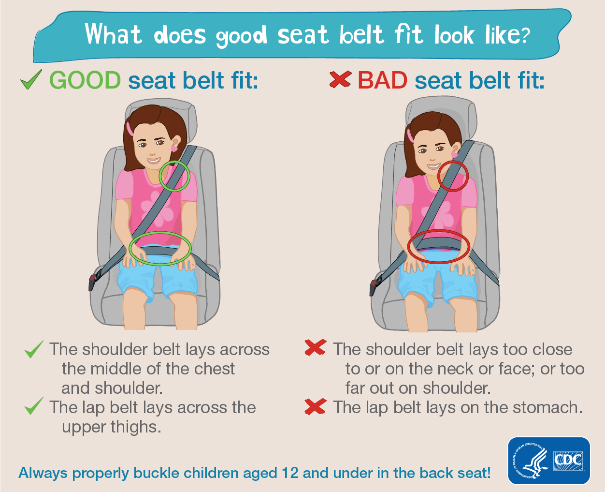 They can be of a fixed position or with the possibility of transformation. nine0003
They can be of a fixed position or with the possibility of transformation. nine0003
As you can see, when choosing a car seat, it is important to take into account not only the age, but also the weight of the child. And now let's look at how to fasten a car seat and where it is better to install it.
Where should the child seat be installed?
Once the model and type of seat has been determined, it must be properly installed in the vehicle. Such an installation can be made both in the front seat, next to the driver's seat, and in the back seat. There are 2 installation methods: in the direction of the movement and against the movement, with the back to the driver. However, according to the recommendations of experts, it is safest to install a child seat in the back seat of a car. If we talk about the seat for the smallest, then it is usually installed in the opposite direction from the movement of the vehicle. nine0003
Before fastening a child car seat, you should always take into account the fact that the child's neck and spine are fragile, not strong enough, so they are easy to damage when braking.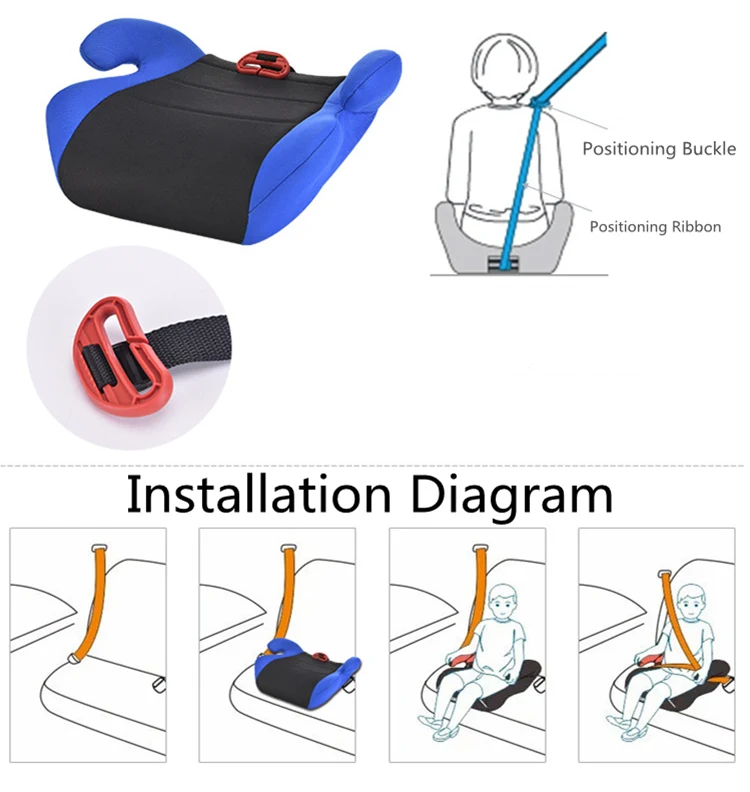 Another important point: if the vehicle has airbags, then the rules prohibit the installation of a child seat in the front seat. Even by accident, pillows can work, and possibly injure the baby. But if the driver still decides to put the child next to him, then you need to take care of turning off the airbag. Also in this case, it is necessary to adhere to certain rules: the first is that the seat must be installed in a reclining position, the second is that the car seat is moved as far back as possible. nine0003
Another important point: if the vehicle has airbags, then the rules prohibit the installation of a child seat in the front seat. Even by accident, pillows can work, and possibly injure the baby. But if the driver still decides to put the child next to him, then you need to take care of turning off the airbag. Also in this case, it is necessary to adhere to certain rules: the first is that the seat must be installed in a reclining position, the second is that the car seat is moved as far back as possible. nine0003
How to properly install a child seat?
For the safe transport of children, the correct installation of the seat is a must. For this, a standard seat belt is used, located in any car. You can also secure the chair with the isofix system. Before proceeding with this process, you must carefully study the instructions that come with the chair.
The safest place to install is in the middle of the rear seat. The belt for fastening should not be a waist belt, but the same as in the driver's seat. Step by step, this process is as follows:
Step by step, this process is as follows:
- The belt is pulled out by about 1 meter.
- A child seat is located in the selected seat.
- Car seat stability test in progress.
- A belt is inserted into the special straps of the chair.
- The standard tape is regularly tightened.
Some child seat kits have belt clips: these must be used according to the instructions. When the seat belt is threaded through the holes on the seat, its end is fixed on the side clip of the car seat. nine0003
Most child car seats have side markers in different colors. They will help you know the correct direction to secure the seat belt to the seat. All models are installed almost the same, regardless of the group. If you follow all the instructions given in the documentation, this process will not cause any special problems.
Car seats for older children are the easiest to install. Seat belts run along the top. The standard tape extends and moves into special guides. It is advisable to carry out the installation with the child in the chair. The belt must pass over the hip and shoulder of the child. The main thing is that the tape does not touch the stomach or neck. The child should be comfortable, and his posture should not be disturbed. Armchairs for the smallest are almost always equipped with additional seat belts, which must be used during the trip. nine0003
It is advisable to carry out the installation with the child in the chair. The belt must pass over the hip and shoulder of the child. The main thing is that the tape does not touch the stomach or neck. The child should be comfortable, and his posture should not be disturbed. Armchairs for the smallest are almost always equipped with additional seat belts, which must be used during the trip. nine0003
Isofix attachment
This system is increasingly found on modern car seats for small passengers. What it is? In fact, this is a chair that has special locks and brackets built into it, with which it is attached to the car seat. Such a system can be quickly and easily installed in any vehicle whose seats provide for such an attachment. There are not so many similar car models, but today vehicle manufacturers are increasingly worried about the safety of passengers, so finding a car interior that is designed for such a chair will not be difficult. And those who care about the safety of their children, when buying a car, will definitely pay attention to the presence of isofix system mounts in it. Its main advantage is that you can quickly fix the child to the car seat without disturbing him, for example, if he is already sleeping in the infant carrier. nine0003
Its main advantage is that you can quickly fix the child to the car seat without disturbing him, for example, if he is already sleeping in the infant carrier. nine0003
How do I fasten my child to the car seat?
When purchasing a car seat, it is advisable to pay attention to the presence of additional fasteners and straps that will help to better fix the child in the car seat. Their use is mandatory, since during sudden braking they are able to maintain the fixation of the body. If the baby weighs less than 13 kg, a group 0 seat is used. How to fasten a child in a car seat, let's look at an example.
The passenger is fastened to the car seat with the help of an internal belt, which is also responsible for the secure fixation of the body. Such bindings pass between the legs, through the shoulders, which allows you to increase security measures. nine0003
Children under 1.5 years of age are secured to the seat with a belt that is passed over the hips and shoulders. The belt itself, as well as the locks, is located at the level of the pelvis. It is easiest to use car seats for older children or universal models. On them, a regular tape and an internal belt are used for fastening. Such measures may not always be sufficient, so parents often use additional fixation using a standard car seat belt.
The belt itself, as well as the locks, is located at the level of the pelvis. It is easiest to use car seats for older children or universal models. On them, a regular tape and an internal belt are used for fastening. Such measures may not always be sufficient, so parents often use additional fixation using a standard car seat belt.
You may be interested:
- fine for driving without a child seat
- accident lawyer
- disputes with car dealerships
WARNING! We invite you to make money on a super trendy youth modern Internet business, click here!
| Click to remember us, thank you | |
instructions for choosing a car seat - magazine Behind the wheel
What is a combined group? What ratings should be trusted? Along the way or against? When to switch to a booster and how to understand that the child is already big enough to do without restraints, fastening with standard seat belts? “Behind the wheel” answered these and other questions.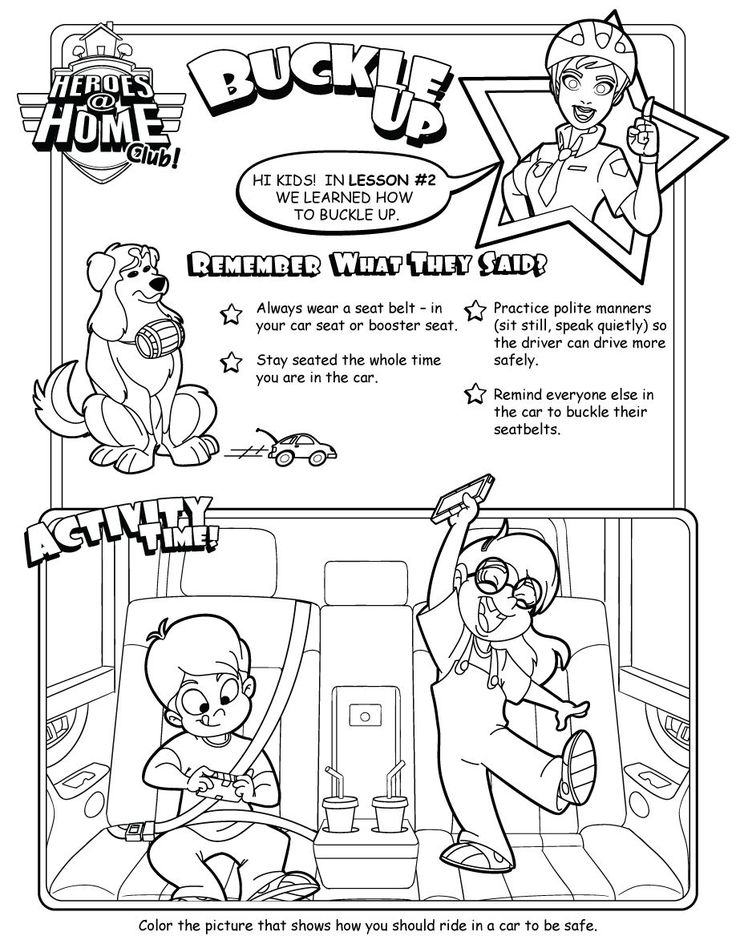
To choose a car seat for a child, you need to know three parameters - age, height and weight. It's understandable with age. And parents of very young children know exactly the height and weight, as a rule. Parents of kindergarteners and younger schoolchildren know approximately. Exactly - only if the child has recently undergone medical examination. nine0003
0 and 0+
Newborns and infants under six months of age are transported in category 0 or 0+ seats, often referred to as "car seats" or "carriers". Children are in them in a lying position (they still do not know how to sit). And they put them against the direction of movement, since babies do not hold their heads, their neck muscles are not developed, which prevent serious injuries in the event of a sudden braking of the car or in an accident. So, against the move, it is recommended to carry children for at least a year. The Swedes, who have made a cult out of road safety, carry children backwards up to 3 years! Maybe right. nine0003
nine0003
Children under the age of one year (and according to Swedish recommendations - up to 3 years) can only be transported backwards.
Children under the age of one year (and according to the Swedish recommendation - up to 3 years) can only be transported backwards.
Related materials
How to carry a child: forward or backward?
Installing the infant carrier in the direction of travel, across the car (in the back seat), loose fasteners - these are all serious, if not potentially fatal mistakes. It is clear that it may be more convenient for you. But imagine (even though it's hard) what will happen to the baby in an accident. Frivolity can kill. nine0003
It is believed that the safest place in the car to install a child seat is behind the driver's seat, as the driver instinctively protects himself and exposes the other side of the car to the impact. But there are no supporting statistics to be found. If you imagine all possible impacts, it turns out that the safest place is in the middle of the back seat. But when installing a child car seat (or car seat), you need to fix it as rigidly as possible so that the seat (and the child with it) do not fly off upon impact. Of course, the child must also be securely fastened in the seat. Teach him to use belts from day one - despite the tears. nine0003
But there are no supporting statistics to be found. If you imagine all possible impacts, it turns out that the safest place is in the middle of the back seat. But when installing a child car seat (or car seat), you need to fix it as rigidly as possible so that the seat (and the child with it) do not fly off upon impact. Of course, the child must also be securely fastened in the seat. Teach him to use belts from day one - despite the tears. nine0003
You can use your favorite toy to teach your child to buckle up without any fuss.
You can use your favorite toy to teach your child how to buckle up without whims.
The most important point: if you decide to put a child seat in the front seat, turn off the passenger airbag - otherwise, in the event of an accident, it can shoot into the back of the seat, break it and injure the child. And try not to be distracted by the child while driving.
Combined groups 0+/1, 0+/1/2, 0/1/2/3
Category 0+ seats are designed for children weighing up to 13 kg. On sale there are also chairs of the combined group 0+/1, designed for weights up to 18 kg. But they tend to be very large for babies, and even padded inserts don't always make up for the extra space. In addition, the child is in such a chair in a semi-sitting position, which is bad for newborns. So if we use such devices, then only when the child learns to sit. At the same time, long trips should be avoided in order to reduce the load on the spine. nine0003
On sale there are also chairs of the combined group 0+/1, designed for weights up to 18 kg. But they tend to be very large for babies, and even padded inserts don't always make up for the extra space. In addition, the child is in such a chair in a semi-sitting position, which is bad for newborns. So if we use such devices, then only when the child learns to sit. At the same time, long trips should be avoided in order to reduce the load on the spine. nine0003
Universal seats (combined groups) are usually quite bulky, expensive and not always comfortable for the child.
Universal chairs (combined groups) are usually quite bulky, expensive and not always comfortable for the child.
This is especially true for the seats of combined groups 0+/1/2 and 0+/1/2/3. Yes, there are some. The former are designed for weights from 2.2 to 30 kg, the latter - from 2.2 to 55 kg. Wow ranger! Of course, it's tempting to buy one car seat for your entire childhood rather than changing it out every couple of years.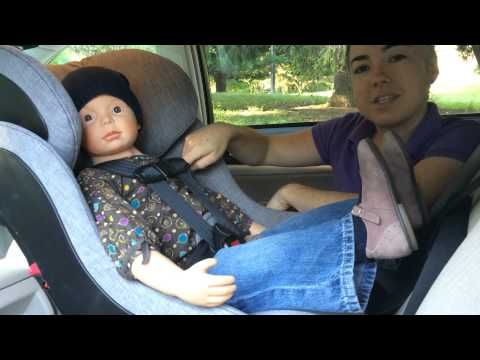 But, firstly, such a chair will be very large for the child at first, despite all the inserts, and then it may turn out to be small (for short, for example, the legs will hang in the air). Both are bad, the chair should be "fit". Secondly, before buying, the model you like must be checked for compliance with safety standards. After all, the seat is bought specifically to ensure the safety of the child. Ratings you can trust - for example, the German ADAC Automobile Club. The Germans annually conduct crash tests of current models of child seats. Unfortunately, not all models presented on the Russian market are found in these ratings. And thirdly, universal chairs are very expensive - despite the nuances mentioned above. nine0003
But, firstly, such a chair will be very large for the child at first, despite all the inserts, and then it may turn out to be small (for short, for example, the legs will hang in the air). Both are bad, the chair should be "fit". Secondly, before buying, the model you like must be checked for compliance with safety standards. After all, the seat is bought specifically to ensure the safety of the child. Ratings you can trust - for example, the German ADAC Automobile Club. The Germans annually conduct crash tests of current models of child seats. Unfortunately, not all models presented on the Russian market are found in these ratings. And thirdly, universal chairs are very expensive - despite the nuances mentioned above. nine0003
Armchairs groups 1, 2, 3
Related materials
These are the children! Main rules for choosing a car seat
Seats of the first group are designed for children weighing from 9 to 18 kg (conditionally from 9 months to 4 years). The second - from 15 to 25 kg (from 3 to 7 years), the third - from 22 to 36 kg (from 6 to 12 years). Recommendations for selection are given above. If your car is equipped with Isofix mounts (and most modern cars have them), it is better to choose the “isofix” model - these hold better than those that are fastened with standard belts. And therefore, safer. nine0003
The second - from 15 to 25 kg (from 3 to 7 years), the third - from 22 to 36 kg (from 6 to 12 years). Recommendations for selection are given above. If your car is equipped with Isofix mounts (and most modern cars have them), it is better to choose the “isofix” model - these hold better than those that are fastened with standard belts. And therefore, safer. nine0003
Armchairs of the second group are quite rare. More often devices of group 2/3 are sold. Five-point harnesses, as a rule, are no longer in them. Such seats are fastened with standard car seat belts. And they are often disassembled into two parts - a back and a booster (seat with armrest). Booster is already the third group.
Boosters
It is sometimes said that boosters can be used from the age of four. But in this case, it is better to focus not on age, but on height and use a booster when the child outgrows 130 cm. Then regular seat belts will be able to protect the child, and not threaten him with injuries in an accident. nine0003
nine0003
According to WHO, for boys, normal height at four years is from 94.9 to 111.7 cm, for girls - from 94.1 to 111.3 cm. 130 cm is quite a lot even for seven-year-olds.
According to Russian traffic rules, a child can be carried without a special device in the back seat from the age of seven. But it's still better to use a booster.
According to Russian traffic rules, a child can be transported without a special device in the back seat from the age of seven. But it's still better to use a booster.
What the SDA say
According to our Traffic Rules (in force since July 12, 2017), transportation of children under 12 years old in the front seat is possible only when using a special restraint device (car seat or infant carrier). In the back seat, a car seat (or booster) is mandatory up to seven years. From 7 to 12 years old, parents can either use a restraint or fasten their child with regular seat belts.
From 7 to 12 years old, children in the front seat can only be transported in a car seat (or with a booster seat). nine0003
From 7 to 12 years old, children in the front seat can only be transported in a car seat (or with a booster seat).
Our recommendations
- Use car seats from reputable manufacturers, focusing not only on price and design, but also, first of all, on places in safety ratings.
- Do not chase universal models, but choose a chair according to the height and weight of the child so that it is comfortable.
- Use booster from 7 to 12 years old. Earlier - only if the child is significantly ahead of peers in growth. nine0010
Baby in the car: guide to choosing a car seat
What is a shared group? What ratings should be trusted? Along the way or against? When to switch to a booster and how to understand that the child is already big enough to do without restraints, fastening with standard seat belts? “Behind the wheel” answered these and other questions.
